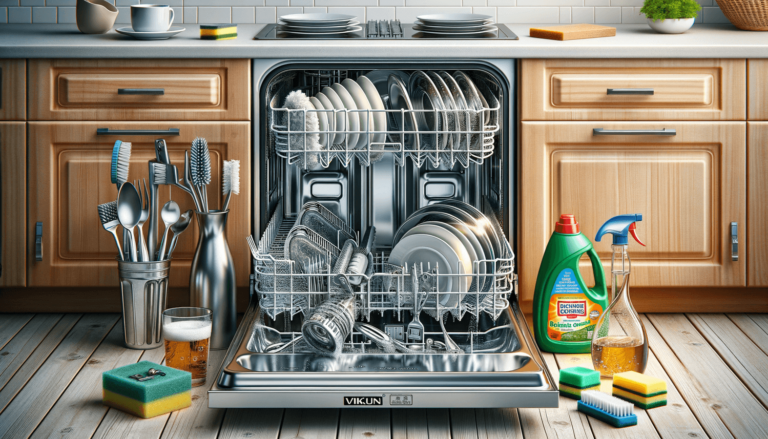

To clean a Viking Dishwasher, please follow these steps:
At Settings King, a blog dedicated to technology settings, we know the importance of maintaining your appliances. It is recommended to clean dishwashers every 4-6 months to ensure optimal performance and extend their lifespan. However, if you’re noticing unpleasant odors, residue on dishes, or poor drainage, it might be time for a cleaning session.
Regular cleaning not only ensures better performance but also saves you time and energy. A clean dishwasher is more efficient and less likely to develop unpleasant odors or break down. Furthermore, it guarantees proper water flow and drainage, reducing the chances of water damage or mold growth.
By following the steps outlined above and incorporating regular cleaning into your routine, you’ll help ensure that your Viking Dishwasher continues to work efficiently and effectively. Remember, clean dishwashers are happier dishwashers, so give yours the attention it deserves and it will reward you with sparkling clean dishes every time.
After reading our blog post on cleaning Viking Dishwashers, you might have some additional questions. We’ve compiled a list of common questions and their answers to help you maintain your dishwasher at its best.
No, bleach is not recommended to clean your dishwasher, as it can damage the stainless steel interior and potentially cause discoloration or corrosion.
Ideally, you should clean the dishwasher filter once a month to prevent buildup of food particles and ensure efficient water flow.
Yes, vinegar is a natural cleaner and can be used as an alternative to a dishwasher cleaner during the cleaning cycle. Add 1-2 cups of white vinegar in the bottom of the dishwasher before running the cycle.
Water remaining at the bottom of the dishwasher after a cycle can be a sign of a clogged drain or filter. It is essential to clean the filter and drain regularly to ensure proper drainage.
Consistently cleaning your dishwasher and leaving the door slightly open after each cycle can prevent mold and mildew growth by allowing proper ventilation and preventing moisture buildup.